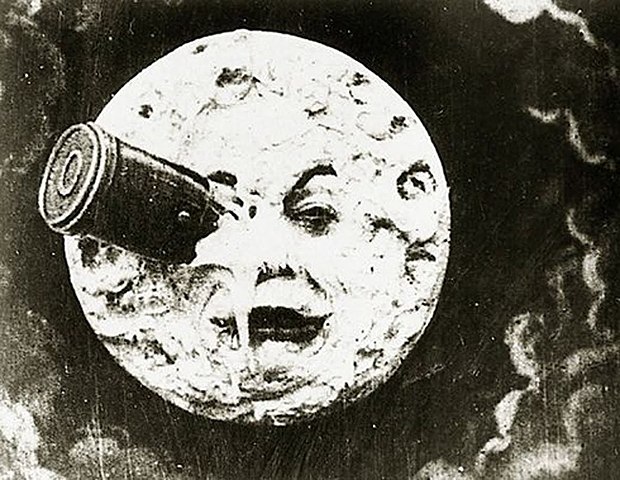moons

mass
A moon’s mass is determined by its radius and its density, which is determined by its composition. For example, a moon that is 80% iron and 20% ice would have the following density:
(
mass = radius3 * density
density = mass / volume
volume = (4 / 3) * π * r3
mass = volume * densitysurface gravity
Surface gravity ( g) is the gravitational acceleration experienced at a celestial object’s surface at its equator. It is expressed in units of acceleration (m/s2) or relative to Earth’s standard surface gravity ( g0 =
gravity = mass / radius2sphere of influence
A celestial object’s sphere of influence (SOI) is the region where it exerts gravitational influence on another orbiting object. Moons must be placed within this sphere for them to be gravitationally bound to the planet.
rSOI ≈ a * (m/M)2/5hill sphere
TODO: update. The Hill sphere is a model of SOI:
RH = a * (1 - e) * cubeRoot(moonMass / planetMass) * 235The Roche limit (d ) marks the point within the hill sphere in which moons would disintegrate as they would be too close to their planets.
d = R⊕ * (2 * (ρ⊕ / ρ☾))1/3resources
- Moon Fact Sheet — NSSDCA